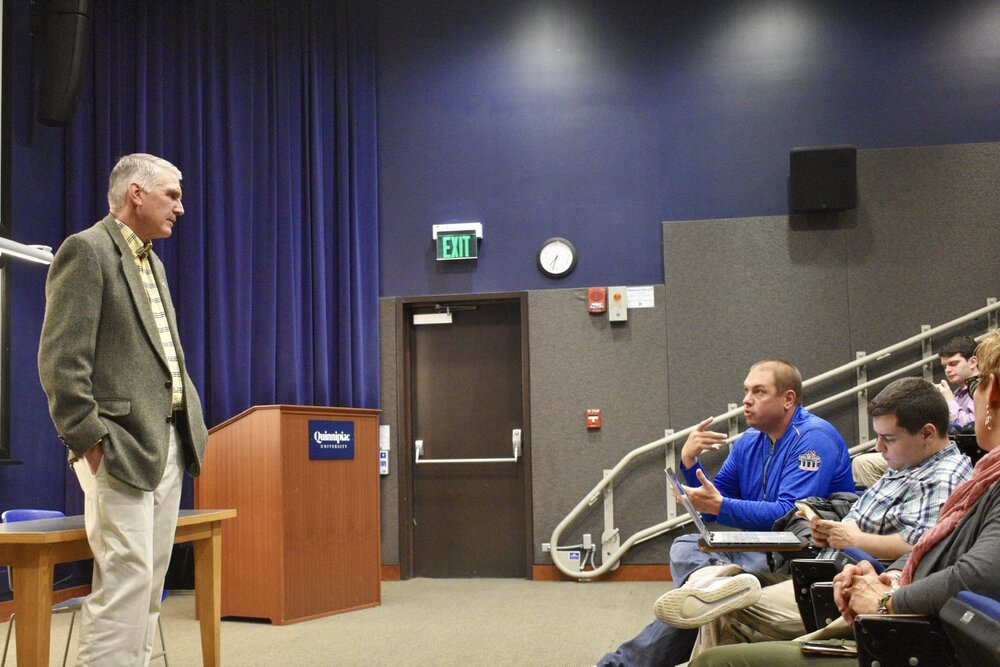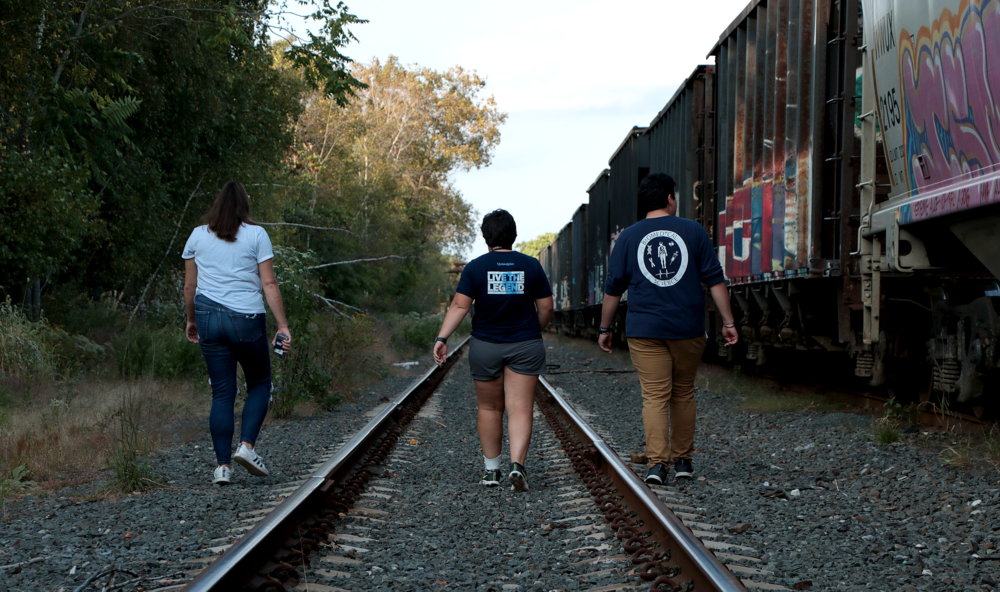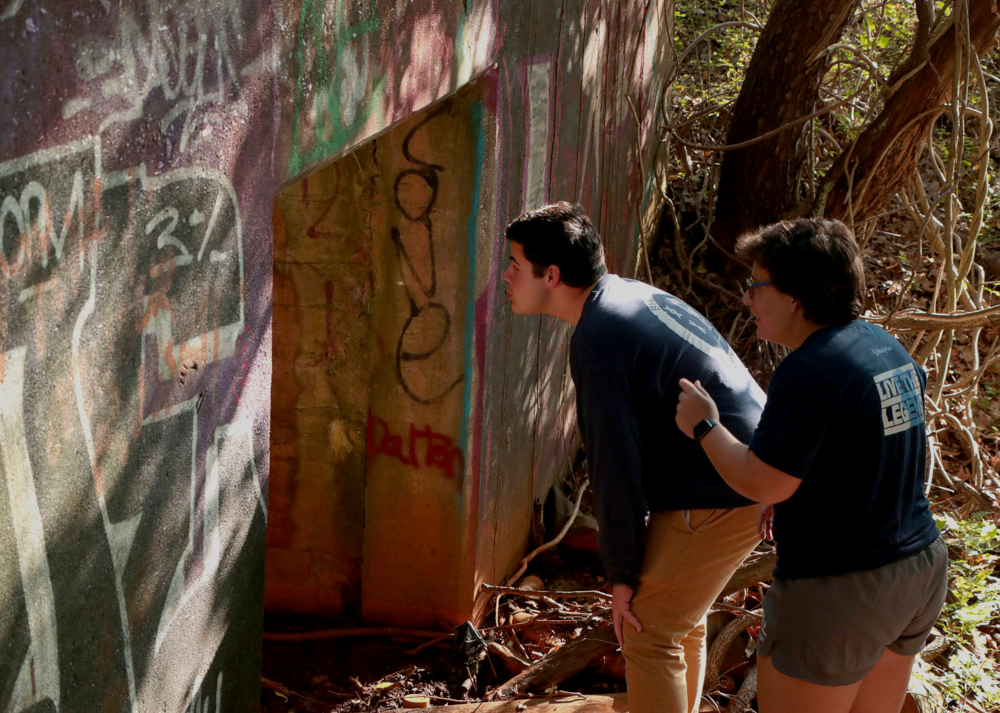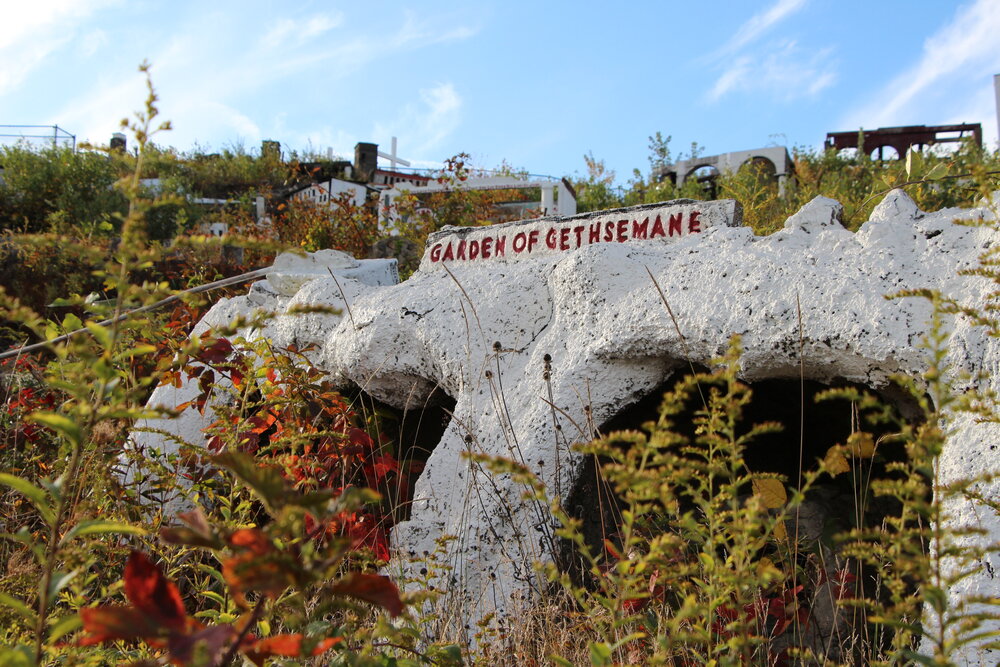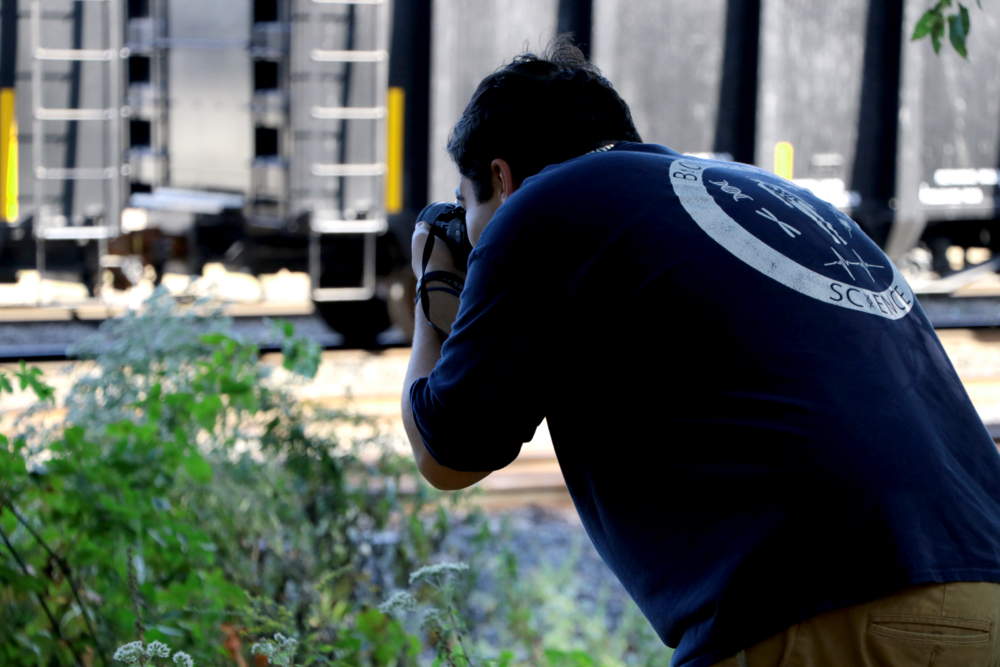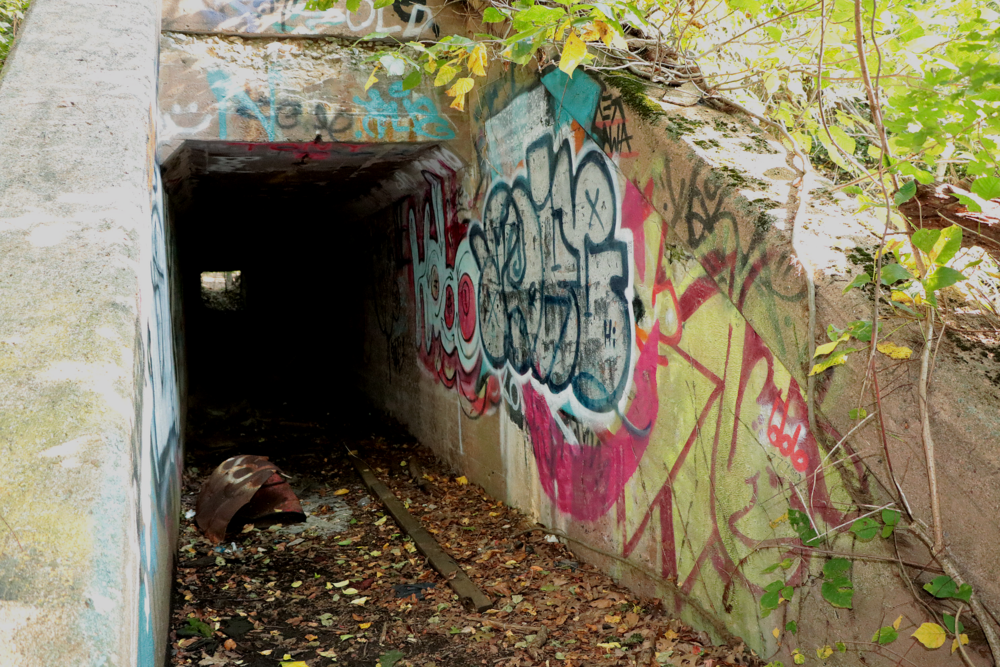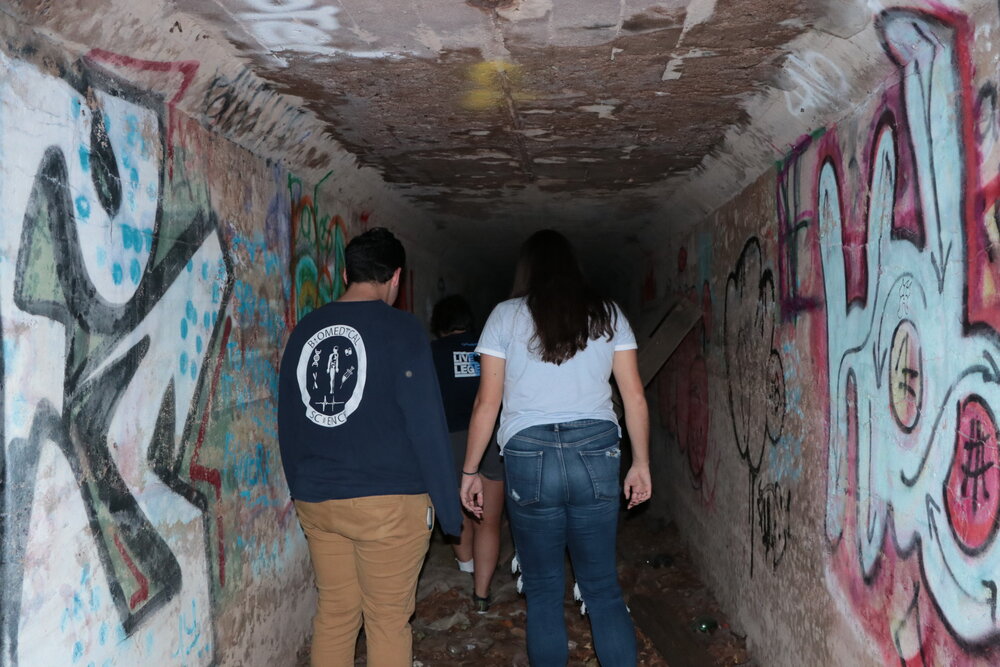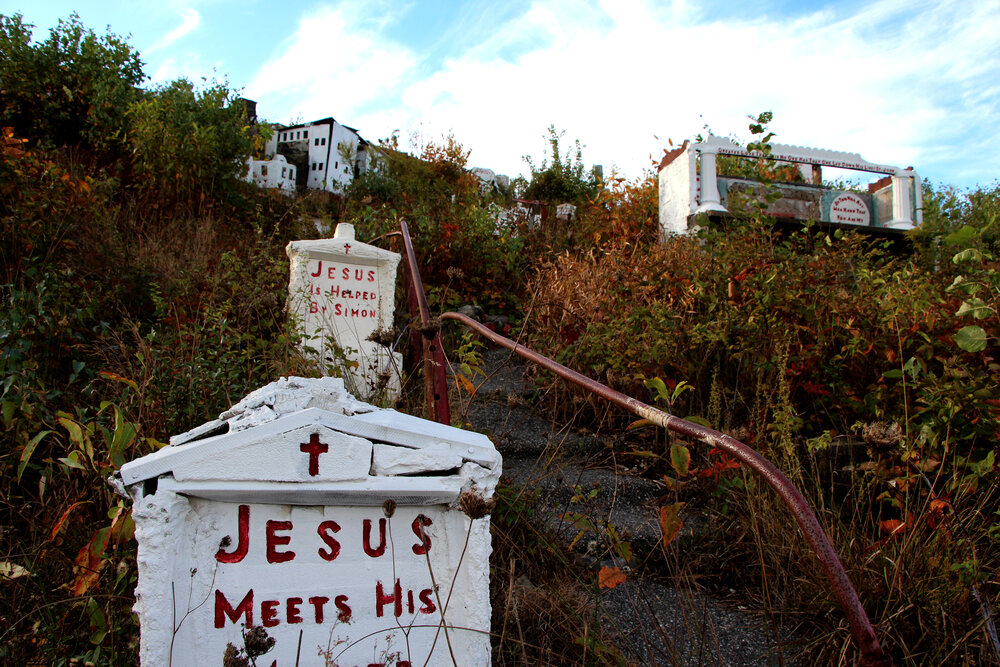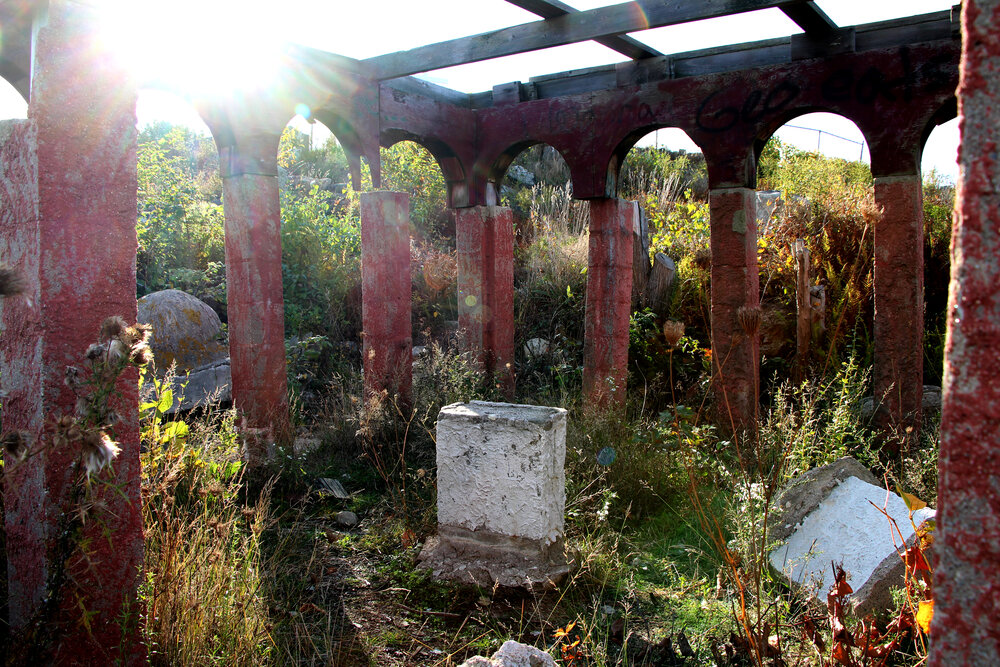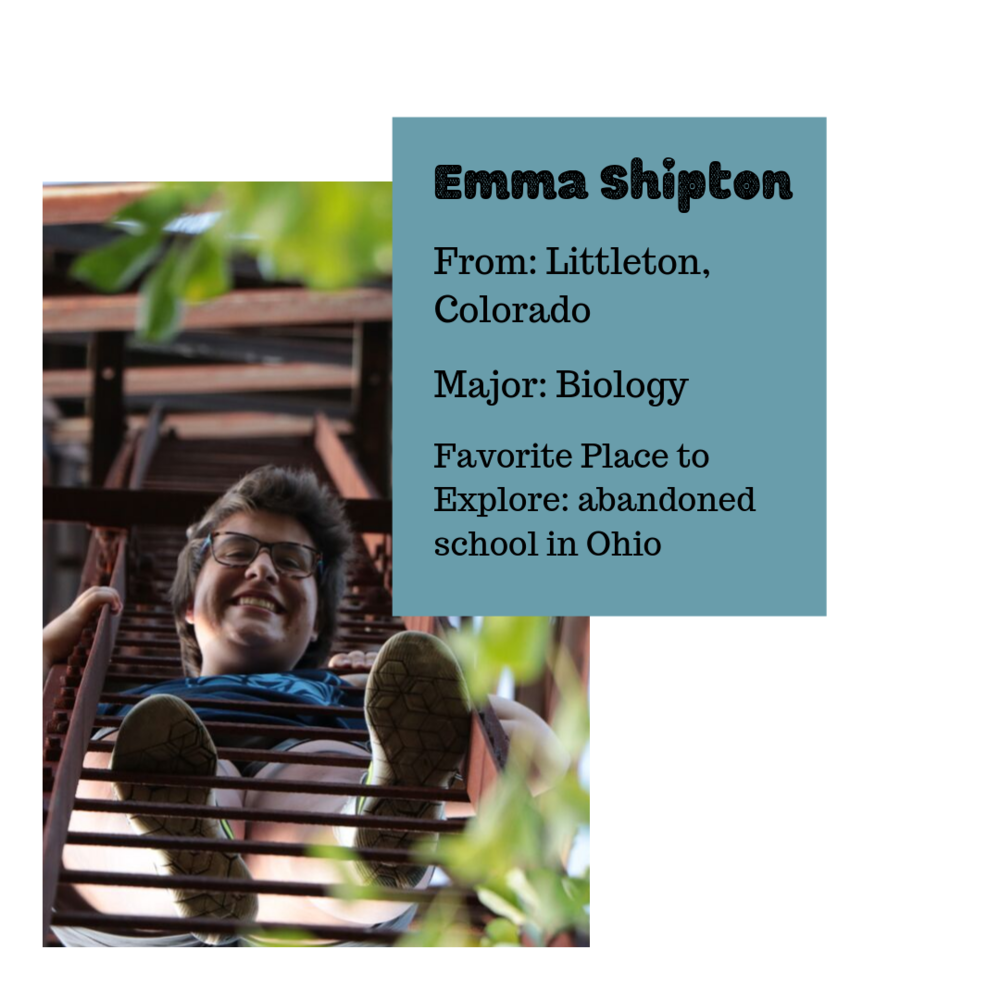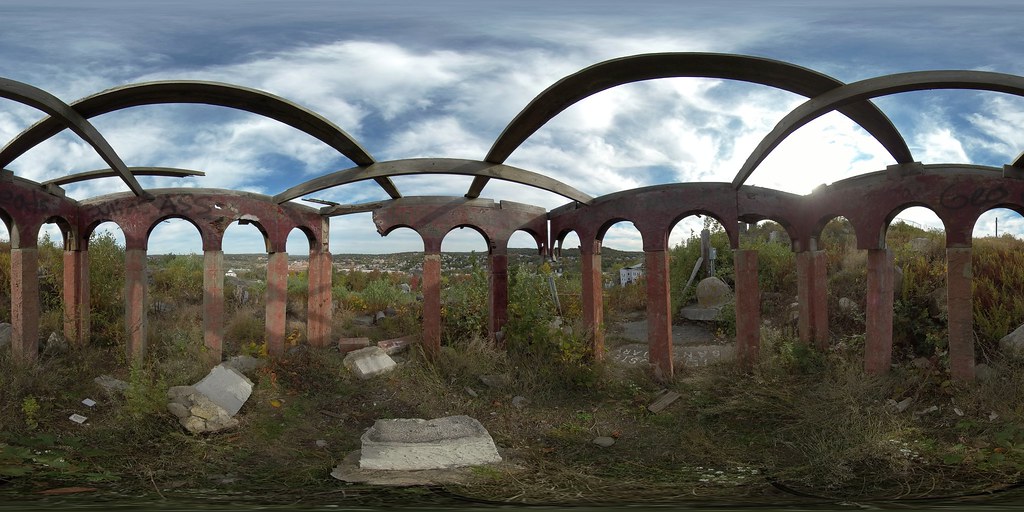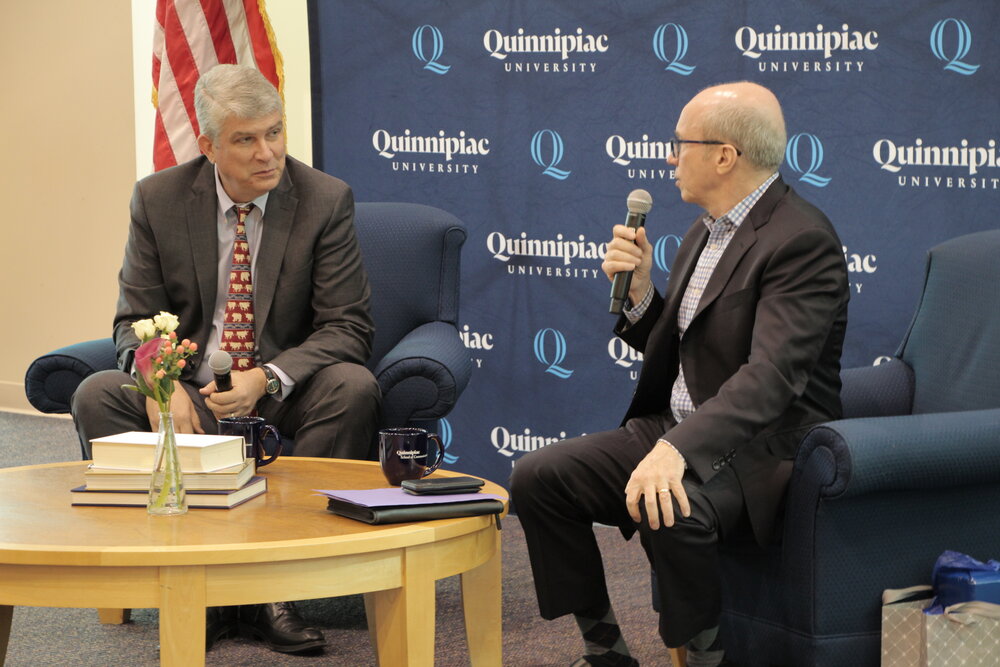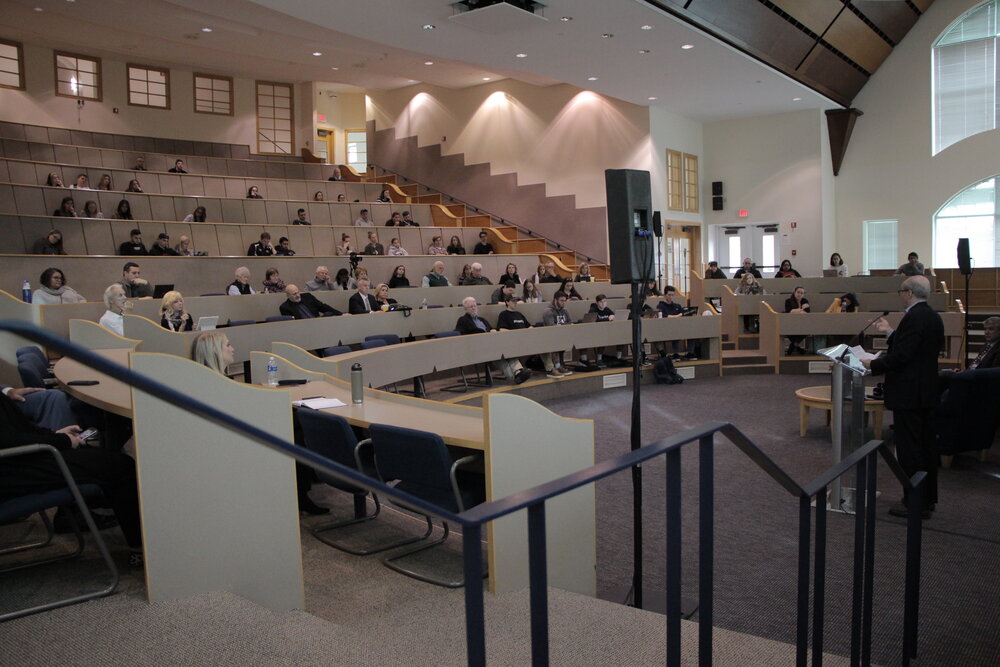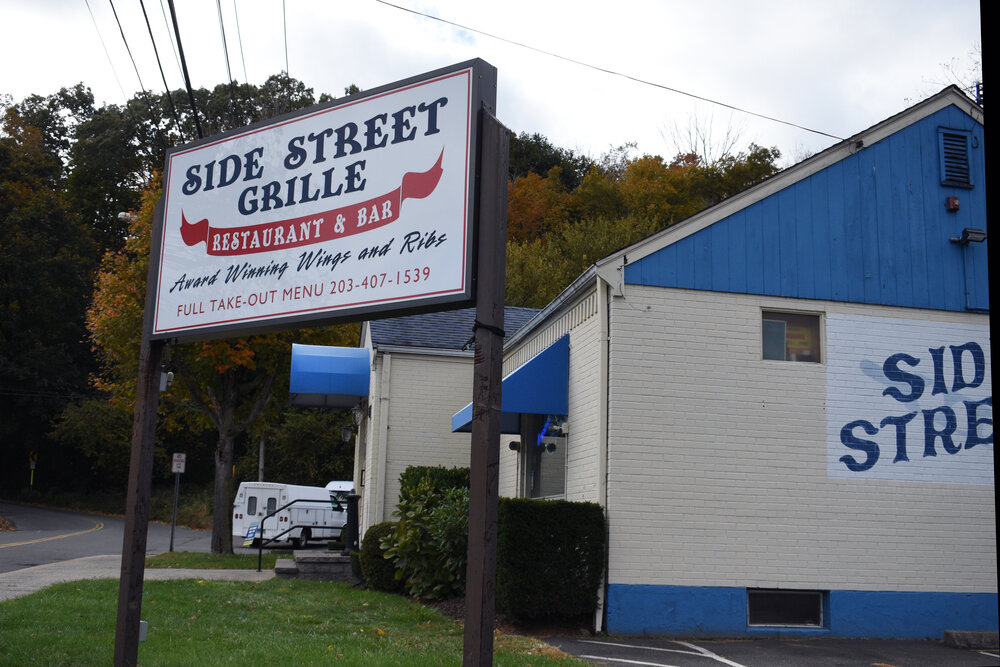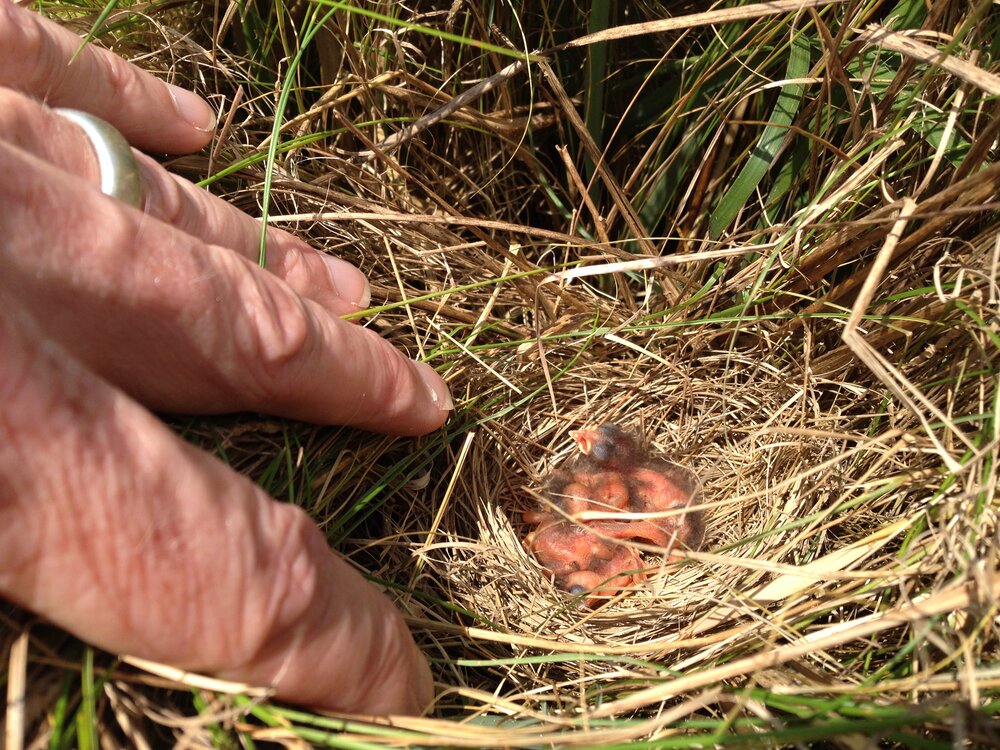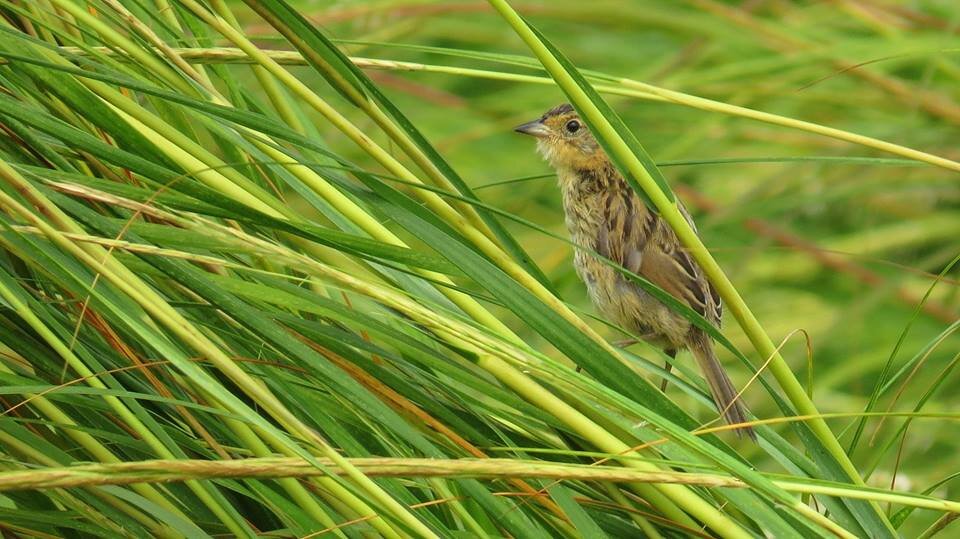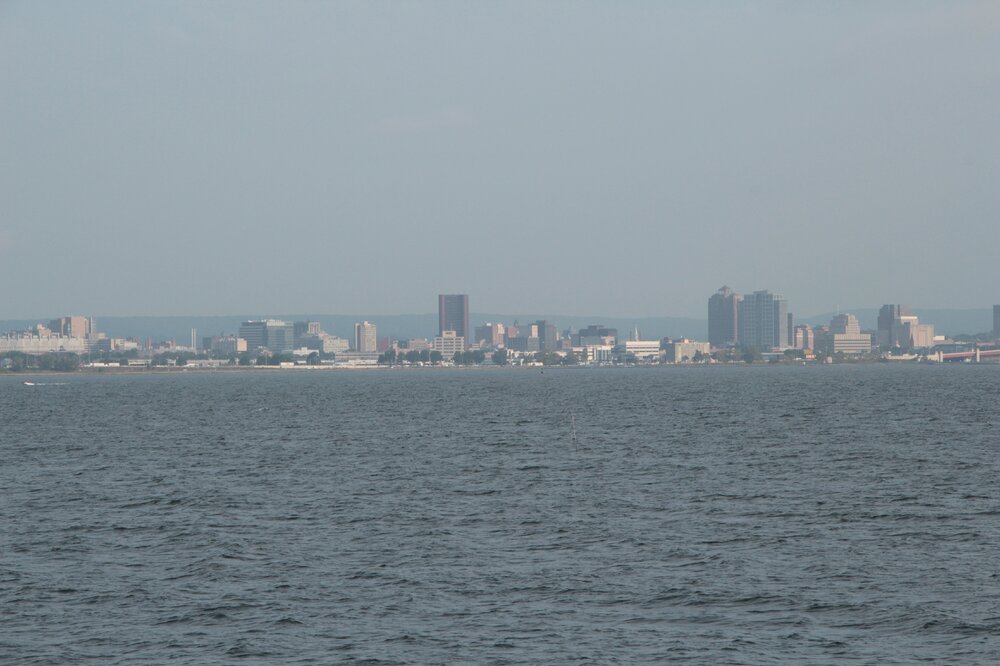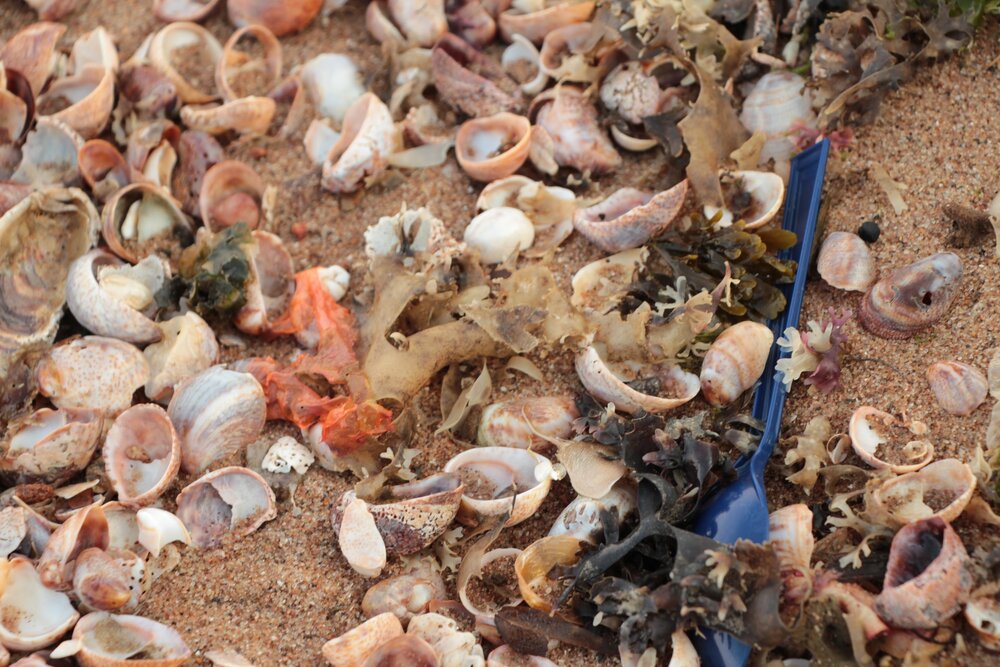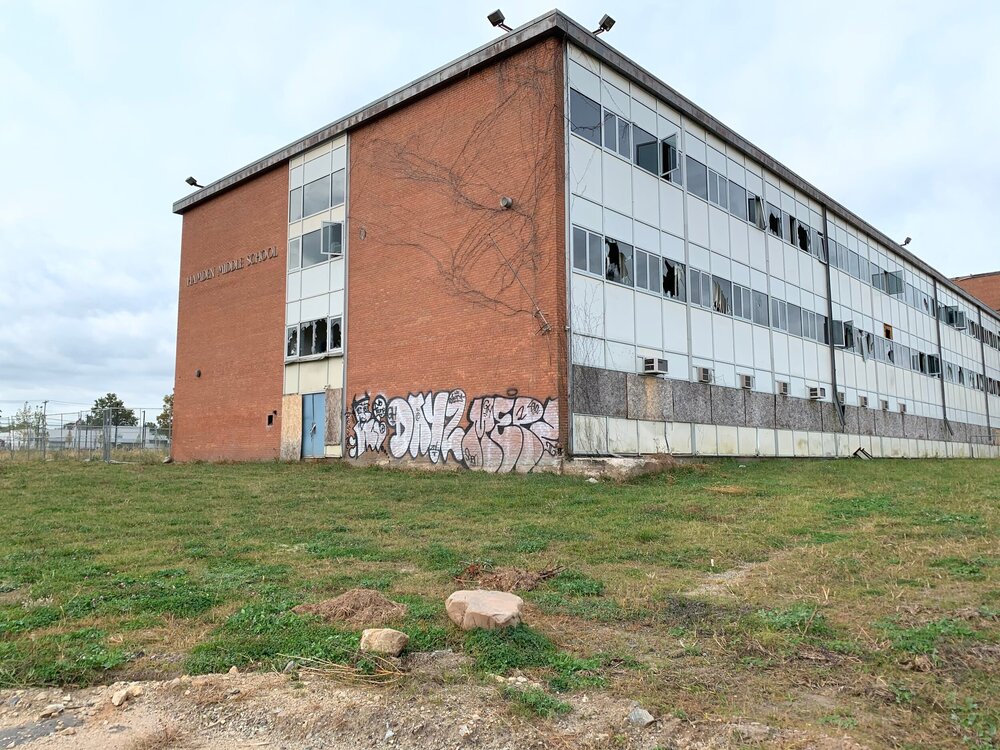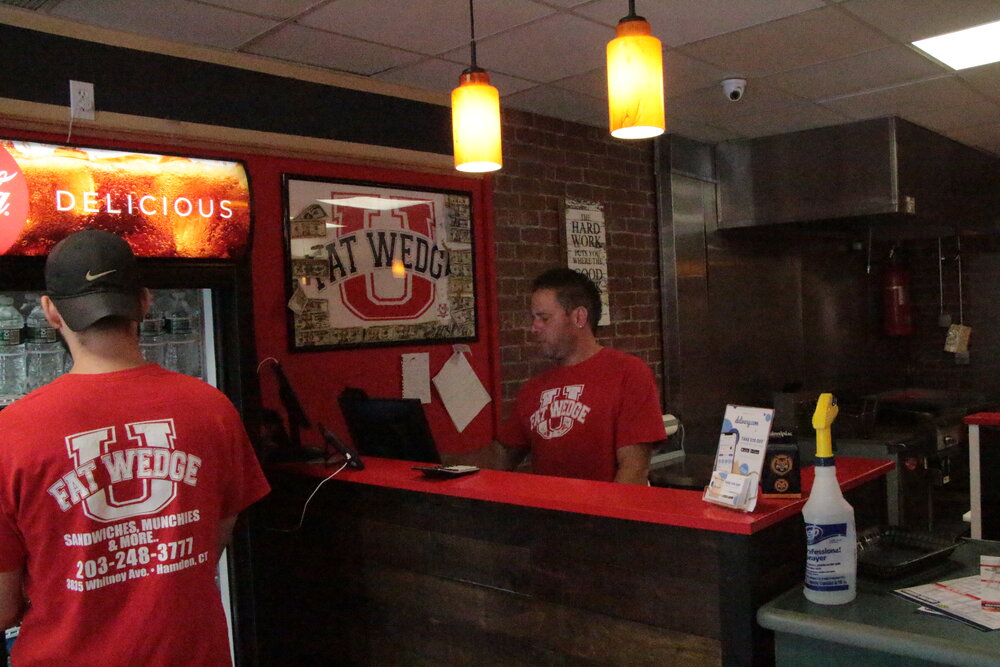By Adrianna Lovegrove
Mayor Curt Leng is running for re-election against Councilwoman Lauren Garrett in the Democratic primary. The primary will determine who is going to run against Republican candidate, Jay Kaye. Find out where you can vote here. This article was originally published on Sept. 10, 2019.
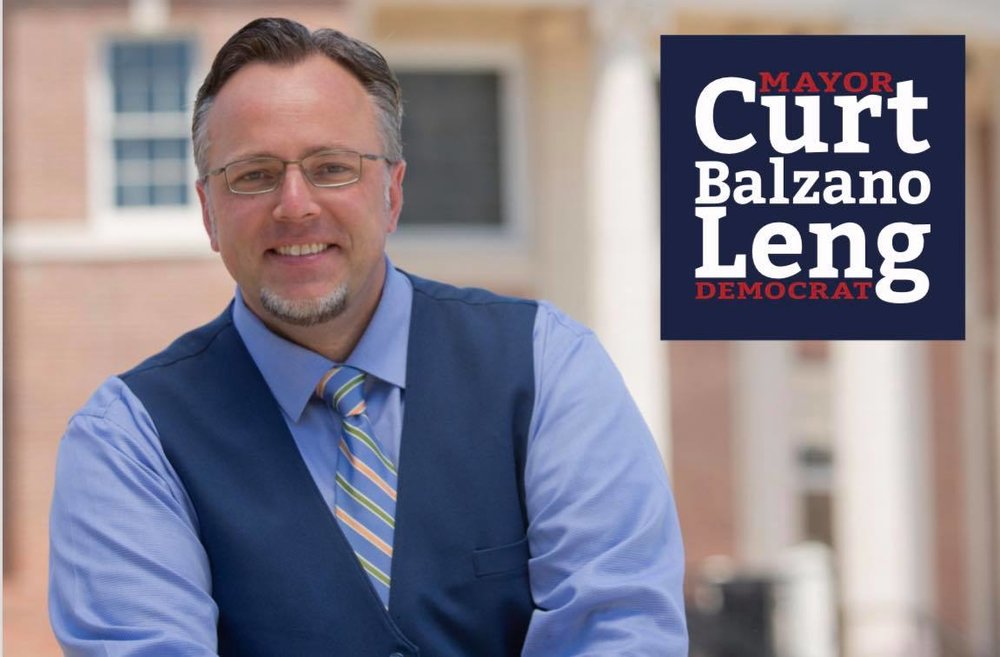
Q: What was it that made you want to run for a third term?
A: Serving as mayor for four years seems like a lot longer term than it actually is and it gives you the chance to get a lot of things started and a lot of things moving but you need more time to really see them through. A third term would allow us to continue the financial stabilization we’ve been working on, some of the major buildings and infrastructure investments that we’ve been doing, and then some of the changes to the police department that have been really proven successful.
Q: What were some of the projects that you wanted to see through to the next term if you were re-elected?
A: Two of them in particular, that we’ve got grant applications in the state and we’ve gotten word that we’re in the running and we’re very hopeful would be: Fire Station 2 and the Keefe Community Center. We’ve got about $4.5 million grant request in for renovations to add reconstruction to one of those buildings. And those buildings haven’t been touched in decades and are desperately in need of repair.
We have paved 45 miles of road in the last four years but we have a lot of roads that still need attention. I want to continue that paving schedule and sidewalk improvements to go along with them. So that our neighborhoods have more walkability with the sidewalks and we can save a few axles, where people are hitting our potholes.
On the financial end, we’ve been successful in negotiating every single union contract to include cost savings in health insurance Everyone in the entire town has switched over to a high deductible health savings account, HSA. It’s proving to save money. They’re actually showing medical costs savings. Medical in the budget is ⅕ of our town budget. So slowing the rate of increase of medical insurance impacts the towns annual budget by millions of dollars. And usually, for the past decade plus, the increases in our health insurance account that we expect each year, has been anywhere from 8%to 15%. This year it was 3 percent to 5 percent. So we’re finally actually seeing that impact of all the different unions moving forward with the health insurance program and showing some serious savings.
Q: What has been your biggest challenge so far?
A: Probably the same as any campaign. Just working to get your message out to as many people as you can and trying to be the actual person that directly talks to as many people as possible in town. And there is never enough time in the day to accomplish all those things.
Q: Do you think that during your two terms that you have been financially irresponsible?
A: No. We have very tangible improvements in our town finances and I’ll give some specific examples.
So, we talked about the union contracts. The union contracts are some of the largest drivers of your budget. The town’s pension plan, 10 years ago, was down to 9% funded. It was almost broke now, after a lot of reform efforts, and those reform efforts included some borrowing but the borrowing happened eight years ago and we’ve made eight payments on that borrowing. But beyond that we’ve been contributing higher amounts into the fund. In the last four years alone, we put in $64 million, which is more than double the length of time in the town’s history. So we’re putting more money in, the employees that we’ve negotiated with, that was the second part of the contract negotiations that was a big impact driver was the pension. We’re still working with the public safety union, but every other union on the town and the board of education side agreed to additional contributions into the pension fund and a reduction of the cost of living adjustment in retirement. Those two changes had an impact on our pension liability as a town, saving us approximately $25 million.
We look at our finances on a daily basis and that’s always the focus. The town’s mill rate is already too high and we need to do everything we can to hold it back. I did four budgets and in one of the budgets we did no increase, the first no increase budget in a decade. This year, I recommended a mill rate increase of three quarters of a mill and the council voted for an almost 2.5 times higher tax increase this year. Which would have pushed Hamden to 50 mills, 49.99. That would have been harmful to our residents. It was not necessary and it would’ve sent a bad message to anyone that might want to invest here, whether buying a home or investing to bring a business here. It would show that the mill rate is already high and yet you see excessive increases. It’s not a good way to market the town as a sustainable entity and we are a sustainable entity.
Q: Quinnipiac and Hamden have always had a rocky relationship. Why do you think that is?
A: It’s been up and down. There is a very small percentage of students that don’t behave like the rest of the students do and don’t behave in a way that a typical neighbor would on a typical neighbor street. You buy a house and you don’t expect there to be loud parties and a lot of people and a lot of traffic on any given night into late hours. I want to really stress that it’s a small percentage of the students and a small percentage of the off-campus housing. But it makes it very difficult for certain residents and certain neighbors in certain streets and it gives everyone that has an off-campus house a bad reputation. I know it’s not fair but that’s what tends to happen. So then because of that a lot of residents end up being very vocal in their opposition in different things that the university brings forward to our planning and zoning and other approvals.
So we’re really working hard. President Olian and I have developed a relationship. We actually went to Mikro like 15 days ago and just had a very casual, friendly, really productive conversation and we’ve had other, more formal meetings as well. And it’s bringing really fruitful things forward. The university is assisting us in addressing these off campus housing issues in a way I don’t think we have seen before and that’s very appreciated. The university is even more dedicated to putting resources into the town to help programs in three areas. They help kids, so after school programs that we’re working on that help our schools and last but not least, a program that we’ve been really expanding on that helps people that are in financial need.
